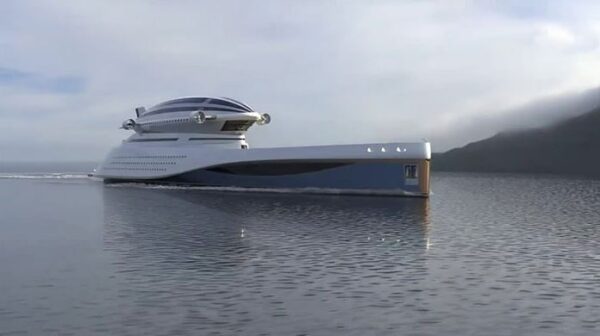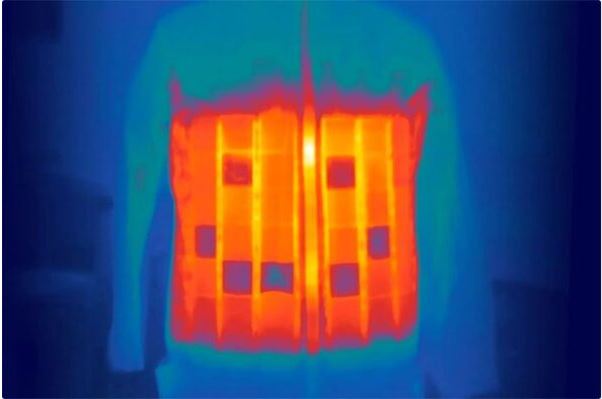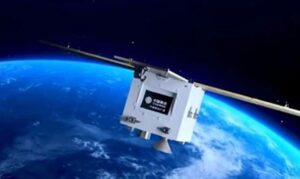Super yacht Colossea is equipped with a 10,000kg airship above, helping to transport passengers in areas that are difficult for yachts to access.
Italian designer Pierpaolo Lazzarini introduced the concept of the 204 m super yacht Colossea, which is a mobile floating station for a detachable airship, Design Boom reported on March 2. The structure above the yacht has a landing pad designed to fit the shape of the airship, helping it take off and land smoothly.
This concept is reminiscent of the Italian airship N1 (later renamed Norge), which took off on its first test flight in Rome about a century ago. On May 12, 1926, N1 completed the first verified flight to the North Pole, and became the first aircraft to fly above the polar ice cap between Europe and America.
With Colossea, Lazzarini recreates the iconic design of the N1 with modern materials and technology. The new airship has the same dimensions as before but with upgraded propulsion and materials, made of carbon fiber from the internal structure to the exterior and moved by eight electric motors.
The superyacht Colossea is a mobile floating station for a detachable airship.
Super yacht Colossea can carry 44 passengers and 20 staff. Meanwhile, the airship has a payload of 10,000 kg, can carry 24 passengers and 10 crew members. Not only can it transport passengers in areas that are difficult for superyachts to reach, it can also become the main means of transportation for long periods of time.
Inside Colossea’s airship are 22 separate compartments containing components such as liquid hydrogen tanks, batteries, cabins and many other internal structures. Liquid hydrogen is injected into the chambers to adjust the necessary weight balance and also as a reserve source of hydrogen in case of gas loss.
The top of the airship is covered with solar cells, but its engine runs on liquid hydrogen and is capable of reaching a maximum speed of 167km/h. Meanwhile, the superyacht’s propulsion comes from 4 HTS engines with a maximum speed of 41km/h. Yachts can take advantage of the balloon’s propellers to receive support thrust and move more efficiently.











